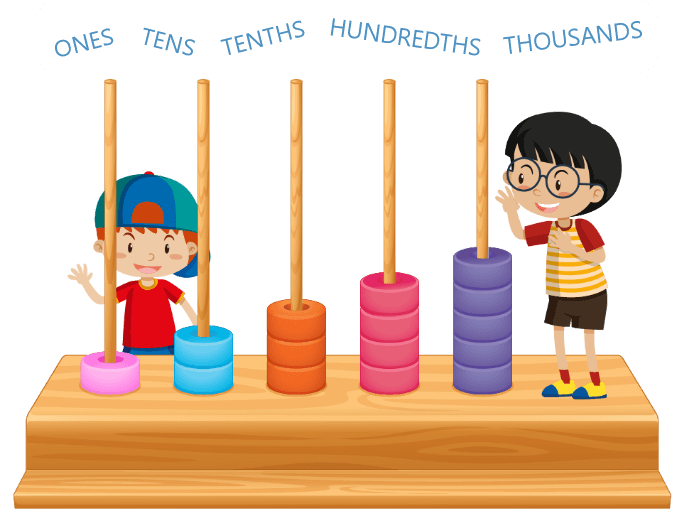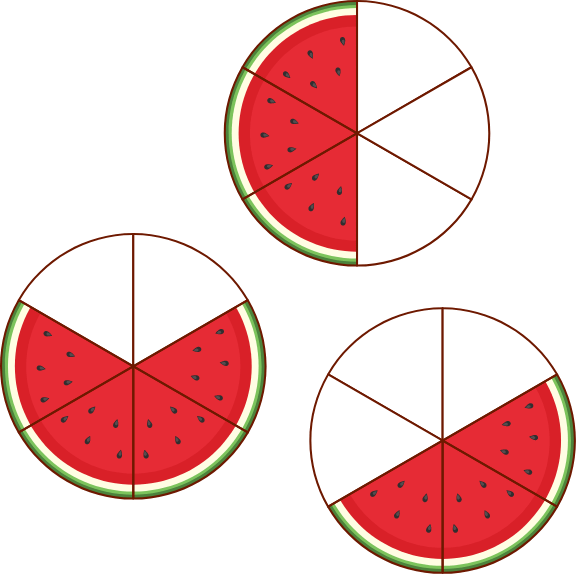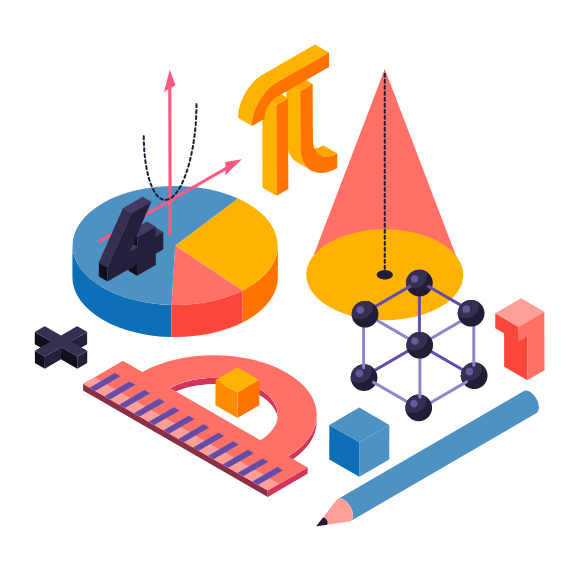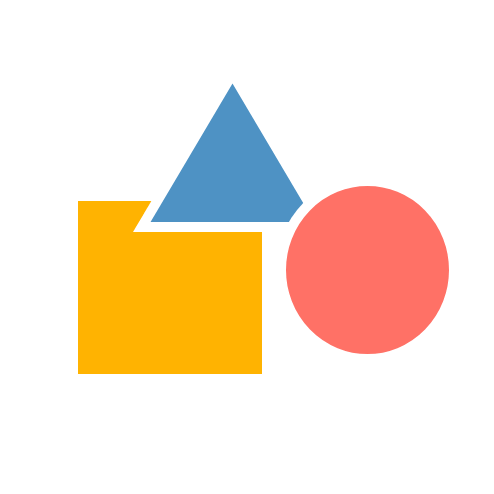Math Grade - 3 Curriculum

After this domain, student will be able to:
- Represent and solve problems involving multiplication and division.
- Understand and apply properties of operations.
- Understand the pattern in multiplication and addition.
- Understand division as an unknown-factor problem.

Apply strategies and algorithms based on place value, properties of operation to execute calculations involving addition, and subtraction. Students will develop understanding of unit and tens place in a multi-digit whole number. Students learn how to compare two-digit numbers. Students can solve word problems involving multiplication with multiples of 10.
After this domain, student will be able to:
- Understand place value and use it for addition, subtraction, and multiplication.
- Understanding division by finding quotient and remainder.
- Round numbers to given place values .

After this domain, student will be able to:
- Develop an understanding of a fraction.
- Compare fractions.
- Identify equivalent fraction.
- Generate equivalent fraction for a given fraction.

After this domain, student will be able to:
- Measure lengths, weight, and volume.
- Create a relation between different units of measurement.
- Tell and write time, with both analog and digitalclock.
- Calculate area.

At 98th Percentile, instructional time in Grade 3 focuses on developing an understanding of basic mathematical operations like multiplication and division, Place Value, fractions, area & perimeter and mathematical logic and reasoning. During this exciting journey child is supported through:
- A Placement Test aimed at identifying grade-level proficiency in math
- 45 math tutoring sessions
- 5 Benchmark reviews conducted every month
- 4 Revision Classes covering entire syllabus
- An Exit Placement Test
- Final Benchmark Assessment to validate students’ grade-level proficiency
During the 54 tutoring sessions, a teacher ensures that student is prepared to meet the highest standards in math problem solving by supporting the child on daily basis through the following:
- Discussion on Critical Thinking Question
- Individual Skill Gap Analysis and Gap Filling
- Mandatory In-Class practice of concepts learned
- Minimum 30 minutes of daily practice through Homework
- Monthly celebrations based on the event theme merged with Math concepts
During this journey of students, at 98thPercentile, teachers ensure a regular interaction with parents. Parents stay connected through:
- Regular Parent-Teacher meeting aimed at sharing students’ progress
- A repository of recorded videos to help the child at home
- Printable lesson-wise worksheets to provide additional practice to the child

 Students/Staff
Students/Staff Parents
Parents